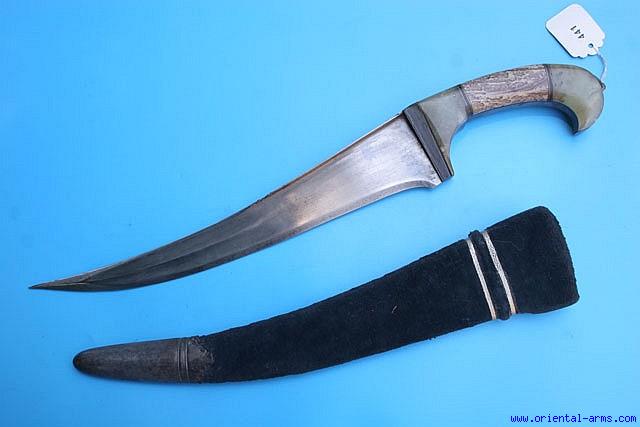 ਸਤਿਗੁਰਬਚਨਕਮਾਵਣੇਸਚਾਏਹੁਵੀਚਾਰੁ॥
ਸਤਿਗੁਰਬਚਨਕਮਾਵਣੇਸਚਾਏਹੁਵੀਚਾਰੁ॥

 ਸਤਿਗੁਰਬਚਨਕਮਾਵਣੇਸਚਾਏਹੁਵੀਚਾਰੁ॥
ਸਤਿਗੁਰਬਚਨਕਮਾਵਣੇਸਚਾਏਹੁਵੀਚਾਰੁ॥

|
Which type of Shaster can be classified as the Kakkar? August 02, 2010 03:54AM |
|
Re: Which type of Shaster can be classified as the Kakkar? August 02, 2010 08:51AM |
|
Re: Which type of Shaster can be classified as the Kakkar? August 02, 2010 12:40PM |
|
Re: Which type of Shaster can be classified as the Kakkar? August 05, 2010 04:17AM |
|
Re: Which type of Shaster can be classified as the Kakkar? August 05, 2010 08:18AM |
|
Re: Which type of Shaster can be classified as the Kakkar? August 05, 2010 10:37AM |



|
Re: Which type of Shaster can be classified as the Kakkar? August 05, 2010 11:34AM |
|
Re: Which type of Shaster can be classified as the Kakkar? August 05, 2010 11:53AM |
|
Re: Which type of Shaster can be classified as the Kakkar? August 05, 2010 03:41PM |
|
Re: Which type of Shaster can be classified as the Kakkar? August 05, 2010 08:40PM |
|
Re: Which type of Shaster can be classified as the Kakkar? August 06, 2010 06:24PM |
 ) makes excellent quality "modern" damascus shastars with beautiful traditional koftgari work. i have one of his khanjars and it's simply gorgeous. his prices are quite reasonable too. i'd definitely recommend his work.
) makes excellent quality "modern" damascus shastars with beautiful traditional koftgari work. i have one of his khanjars and it's simply gorgeous. his prices are quite reasonable too. i'd definitely recommend his work.